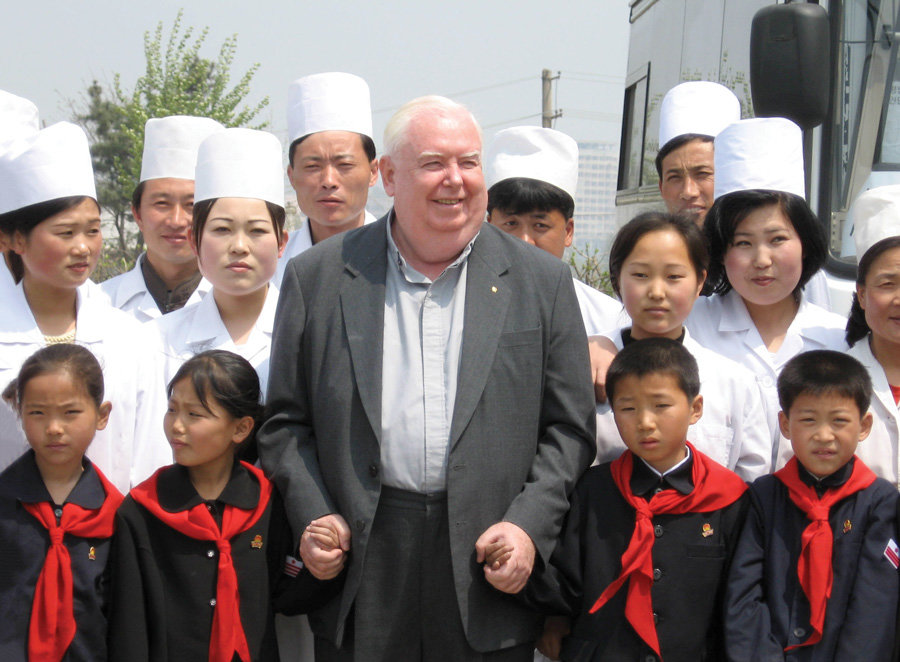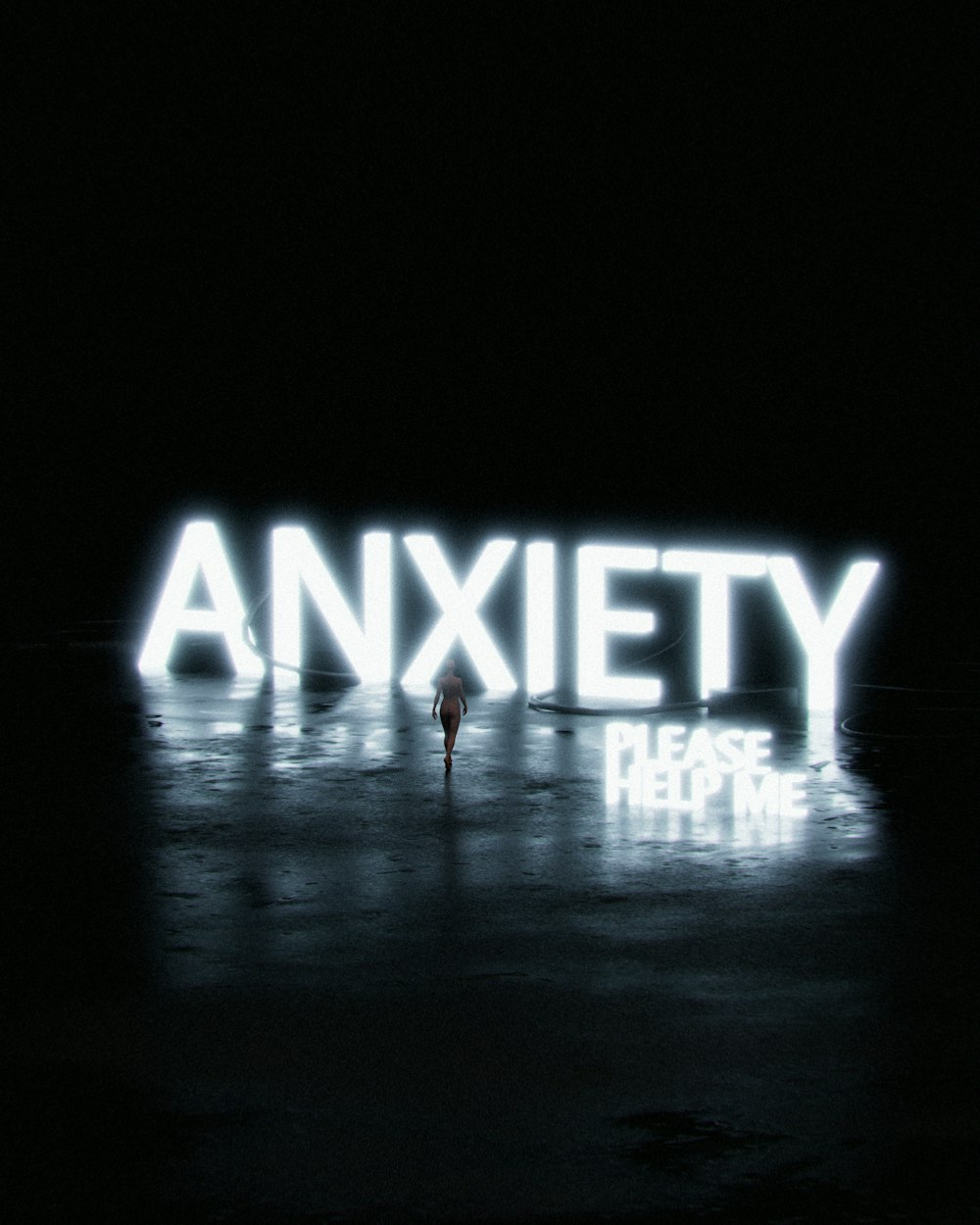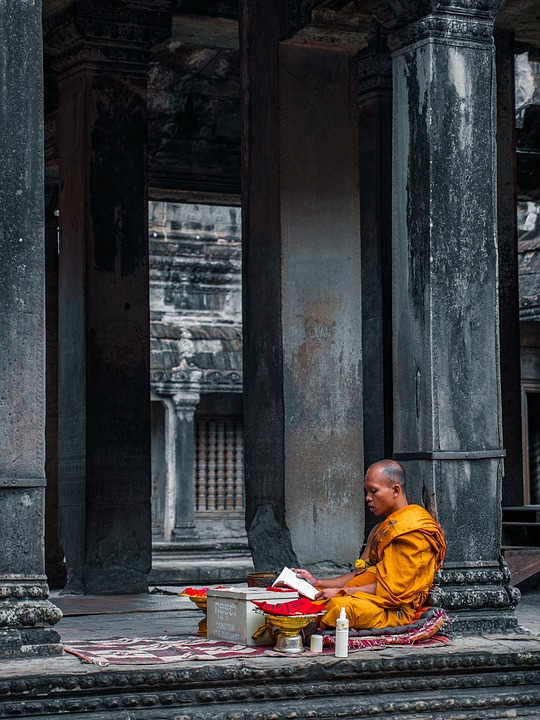
In
the National Reconciliation and Unity column of the Catholic Peace
Weekly, the principal of a Korean Language school in England titles her article: Begin and Someone Will Help.

In
the National Reconciliation and Unity column of the Catholic Peace
Weekly, the principal of a Korean Language school in England titles her article: Begin and Someone Will Help.

The Catholic Peace Weekly reports on the meeting of theologians representing the Asian church and their discussion.
The Theological Committee (OTC) of the Federation of Asian Bishops' Conferences (FABC) held a meeting at the Seoul Archdiocese on the 5th to share theological prospects with professional theological committee members from Korea and other countries under the theme of 'Prospects for the Present and Future of the Church in Asia'.
The meeting was followed by keynote lectures by the Archbishop of Seoul (head of the Theological Committee) and the bishop from Indonesia (head of the Theological Committee) of Indonesia, followed by Q&A and free discussion by the members of the Theological Committee.
The Archbishop addressed various pastoral and theological issues facing the church and society. He mentioned pastoral care and efforts toward social integration as the number of migrant workers and multicultural families continues to increase in Asia. "The church must put more effort into pastoral and spiritual care for migrants” and said: “Amid the ecological crisis, the church in Asia must pay more attention to the cries of the poor in particular.
Above all, he spoke more strongly about the Asian church's response to the negative trends of modern society. “Emerging Christian groups with fundamentalist inclinations are making efforts to infiltrate the Catholic Church, atheistic science and technology are having a negative impact, and many people are puzzled and confused due to relativistic values, secularism, and obsessive attachment to things in society. They are confused, lose their faith, and turn their backs on the church.” At the same time, he raised his voice that the church needs to be more concerned about how to lead to faith in Jesus Christ and salvation through Christ.
The Archbishop said: “The first step in Asian theology is dialogue and proclamation. It is necessary to look at and interpret the work from within.” In addition, he said, “It is necessary to discern the working of the Holy Spirit within the complex reality of the Asian continent, and the reality and mission of the church within Asia.”
The Bishop from Indonesia continued his lecture by introducing commentary on the Synod method in Germany and mission theology according to the situation in Asia introduced at the FABC 50th anniversary assembly held in Bangkok, Thailand last year. “We must rely on the Holy Tradition and the Holy Scriptures,” said the bishop “because these constitute primarily the sacred heritage of the Word of God.” Because the Church's holy Magisterium has the right to interpret in the Holy Spirit the heritage of the Word of God, and to discover and discern God's Presence and the Holy Spirit. “No matter how noble the mission, the egocentric method of mission to baptize people and make them members of the Church is no longer effective. Agape love, unconditional and self-sacrificing love, is needed. The paradigm of missions must be reconstructed with agape-like love that will lead us to the kingdom of God.”
Meanwhile, the Asian Bishops' Conference Theological Committee held the 2023 regular meeting at the Spiritual Center of Myeongdong Cathedral, the seat of the Seoul Archdiocese, from the 1st to the 6th. At this regular meeting held in Seoul, about 20 members, including bishops' committee members and expert theological committee members, participated, and theologians representing bishops' conferences in each country discussed various theological prospects and tasks.
A professor writes about the "Werther-effect" in the Catholic Times— Let us Become One column— Werther Effect refers to the identified rise in suicide rates following well-publicized reports of deaths by suicide of celebrities or other well-known figures in the media.
These are also the contents that entertainment agencies should provide more support for by signing reasonable contracts with their celebrities. The public also needs to understand entertainers as professional artists and show restrained interest rather than calling them public figures and demanding excessive responsibility.
Celebrities themselves need to have the idea that a 'celebrity's life' or 'celebrity role performance' is not everything in their lives. If one's life is completely consumed by being a 'celebrity', later, when a 'celebrity life' that seems like one's everything is not possible, if a realistic life or alternative life to support it is not prepared, severe identity confusion and crisis may occur. Celebrity is a highly variable job, so you should be prepared to switch and move freely at any time. 
In the recent Catholic Peace Weekly a University priest professor gives the readers some help in deepening their spiritual life.

In the Catholic Times a person asked about the concept of truth, goodness and beauty of a seminary professor and below is the answer that was given. I have added unity to the list of three.
The concept of truth, goodness beauty and unity is both a philosophical and a theological concept, and comes from the attributes of God. God is the source of truth, goodness, beauty and unity. Truth, goodness, beauty and unity of this world are only finite concepts that reflect the essence of God. Because God is perfect, God's truth, goodness, beauty and unity are also perfect.
The truth, goodness beauty and unity in human beings can only be understood as analogous concepts resembling the true, goodness, beauty and unity of God. Therefore, human beings are said to be beings resembling God's image, which means analogically resembling God's attributes.
Therefore, the truth, goodness, beauty and unity experienced by human beings allow them to experience God analogically, and the deeper this experience, the higher the intensity of experiencing God.
After all, truth, goodness, beauty and unity are God's gifts to human beings so that they can know and worship God, and when they do it freely, they will become human beings who freely express their personality and take ethical actions.
In that respect, it is important to frequently experience and realize truth, goodness, beauty and unity
Because it will eventually lead humanity to God. Truth is the state of being in accordance with fact or reality. It is the ultimate goal in the search of all knowledge. Goodness is the state of being morally right or virtuous. It is the ultimate goal of all inquiry and action. Beauty is the state of being aesthetically pleasing or attractive the ultimate goal of all creative endeavors. Unity is the state of being integrated. It is the ultimate goal of all.
The transcendentals go back to ancient philosophy and understood as qualities that exist beyond the physical world and essential to human understanding and existence.
In Christian philosophy, the concept of the transcendental was developed by the Scholastic theologians, such as Thomas Aquinas in the 13th century. Aquinas taught that the transcendentals are attributes of God and are therefore inherently good. He argued that these qualities can be found in all things because they reflect God's goodness, truth, beauty, and unity.
However, today when we go to search on the internet for the transcendentals often we get three: the true, the good and the beautiful unity is missing. Our culture is not too interested in unity as we can see in our religions, politics, culture, race, and daily life. Materialism, our personal worldview, the value we give to things takes precedence over the dignity of the human being and the common good. What is useful is of more value than truth and the good.
The fundamental message of Sacred Scripture proclaims that the human person is a creature of God and sees in his being the image of God the element that characterizes and distinguishes him: "God created man in his own image, in the image of God he created him; male and female he created them" (Gen 1:27). God places the human creature at the center and summit of the created order. Man (in Hebrew, "adam") is formed from the earth ("adamah") and God blows into his nostrils the breath of life (cf. Gen
2:7). Therefore, "being in the image of God the human individual
possesses the dignity of a person, who is not just something, but
someone. He is capable of self-knowledge, of self-possession and of
freely giving himself and entering into communion with other persons.
Further, he is called by grace to a covenant with his Creator, to offer
him a response of faith and love that no other creature can give in his
stead." (Compendium of the Social Doctrine of the Church #108)

In the Eyes of the Priest column of the Catholic Peace Weekly, we hear about the ways some take advantage of the young with problems.
On the 16th of last month, a high school girl made an extreme choice in a high-rise building in Gangnam. The high school girl made her decision using an internet site called Depression Gallery, then used her smartphone to live-broadcast her extreme choice. Gallery users recorded the high school girl's live broadcast and watched it while sharing files with each other.
DC Inside is a conversation community where you can write anonymously without complicated authentication procedures. There is a chat room in the community where you can have a conversation about depression. On the surface, it is called a depression gallery because you can write anonymously, but some have turned it into a criminal space targeting psychologically unstable minors. Some who frequent the gallery are encouraging or helping teenagers with severe depression to make extreme choices.
On the 5th of this month, two high school girls who met at the Depression Gallery were rescued after making an extreme choice. When the two girls told the gallery about their hard feelings, they were told not to live like this and go on and die was the reason they decided to make an extreme choice. This time, there was a live broadcast on a smartphone, and in the real-time comments were numerous sayings: “Just die” and “Come on, jump .”
Crimes using the Depression Gallery do not stop here. A man met a woman who was active in the gallery and offered to comfort her, put a narcotic sleeping pill in her drink, and raped her. A man took a picture of a woman's appearance, put a so-called 'rape' on it, and 'exhibited' it in a gallery. People who saw the post said they commented with words of unspeakable hate.
An expert in criminal psychology appeared on a broadcast and said that the 'Depression Gallery' is "an evolved nth room where all the worst combinations such as sexual exploitation, suicide promotion, and drug use come together." He said that their movements also led to pseudo-religions. Some accused the site of being an "online crime scene" and that the depression gallery should be closed immediately.
What's even more surprising is that DC Inside, which runs the Depression Gallery, refused to shut it down despite these accusations. The copyright of the post and the backlash from users were the reasons.
The government is unable to forcibly shut down the site as there are no relevant laws. The police also set up a special team to investigate, but users said that it was difficult to find the criminal because they acted anonymously. But you can't just leave it like this. If it is difficult to close, it should be blocked. The Korea Communications Commission started reviewing the blocking of harmful sites, but it was too late. You must make hasty decisions and block access quickly. The police should not give up their efforts to find those who drove them to sexual exploitation and extreme choices.
We should all be by the side of those who are contemplating extreme choices. A teenager who was rescued after attempting an extreme choice said that this gallery was the only place where her story was heard. Today's youth are in a state of mental crisis as they are pushed into a fiercely competitive society after going through the entrance exam hell. We should pay attention to those who are having problems in their lives and the religious world, including the Catholic Church, must put more effort into movement for life.
Korea has the highest suicide rate in the OECD. The number one cause of death among adolescents is suicide. Teenagers who spend a murderous schedule looking only at college entrance are experiencing competition after competition. The world that drove them to depression is brutal. Moreover, some approach the depressed with the bait of 'consolation' but not to help, just one of the signs that not all is well with society.

During the time of the 3 Kingdom States, Buddhism entered first the Koguryo Kingdom in the North, in 372, the Paekche Kingdom in 384, and the Southeast Kingdom of Silla in 527. During the unified Silla period 676-935 Buddhism was the unifying force that united the people into a nation.
When giving expression to the Korean spirit we often hear that mentally Koreans are Confucian, but in their hearts Buddhists. The reason according to the writer was during the Chosen period from 1392-1910 the kingdom followed the policy of down with Buddhism and up with Confucianism. The relationship that the head has with the heart is no easy matter to fathom.
When we look at the situation with any depth we have the world of the Shamans who were in Korea centuries before Siddhartha Gautama and Confucius arrived. Did the world of the male and female shamans disappear after the entrance of Confucianism and Buddhism?
An important reason that Buddhism lost the influence it had during its golden age was not only its attachment to the ruling elite but also its close connections to the shamans in society. At the end of the Japanese occupation 1910-1945 this all ended.
President Syngman Rhee (1948-1960) a devout Methodist was the the president after liberation. He considered Zhu Xi (1130-1200) philosopher and politician during the Song Dynasty influential in the development of Neo-Confucianism. Syngman Rhee considered Neo Confucianism the reason for the problems in Korea and Buddhism the pro Japanese faction.
Buddhism towards the end of the Chosen Dynasty was connected with Japanese Buddhism and was seeing a revival.The government leaders of Japan in order to weaken the influence of Confucianism tried to strengthen Buddhism. President Rhee did the opposite and tried to weaken Buddhism and sided with the Buddhist nuns who were only 5% against the married monks who numbered over 95 %. President Park Chung-hee (1963-1979) separated the Buddhist into the celibate which became the Jogye Order and the Taego Order which had both the married and unmarried. The nuns were all unmarried which settled the issue for Buddhism.
In the 1960s Buddhism had another competitor in Christianity. And since Syngman Rhee was a Christian he gave the green light to Christianity and saw it as a great help for the future of Korea. However the essence of the Bible is Luke 10:27—You must love the Lord your God with your whole heart, your whole soul,your whole strength,and your whole mind, and your neighbor as you do yourself— How do these come to exist together in Korea, a multi-religious cultural sphere ruled by shamanism deep down, Buddhism in the heart, and Confucianism in the head?
Not a small number of Christians when faced with adversity will end up going to the temple or the Shaman. What would be the reason for this? The writer a specialist in Buddhism frequently goes to the temples and meets many who have left their Catholicism. Some have told him that whether it's Buddhism or Catholicism it is all the same and there is no reason to be concerned. There is no problem with the nobility of Buddhism and its teaching but they are not the same. When one tries to make them the same it is either a lack of knowledge or a failure to look deeply into the situation, they fail to see the contradictions.
In a serious examination of Buddhism we have reincarnation and purgatory, mercy and love, Buddhist emancipation and resurrection, Nirvana and heaven. Very difficult to make them the same.
There are many different sects of Buddhism in Korea. It is best to see Buddhism as a plurality of beliefs. Consequently to see what the essence of Buddhism is we have to go back to the beginning. However, according to many going back to the beginning to Siddhartha Gautama (563? 483?)we know three things: he was born, lived and died. In the past decades the Buddhist scholars were sure that Sakyamuni was not a myth but an historical person however in recent times some scholars are wondering whether this is the reality.
In Korea to be recognized as a Buddhist group there are certain requisites: it all began with Siddhartha Gautama. Sakyamuni first taught the Four Noble Truths and the Eightfold Path to the monks he met after he attained enlightenment.
The Four Noble Truths are traditionally identified as the first teaching given by the Buddha after he attained enlightenment.The truth of suffering, all forms of existence are unsatisfactory. The origin of suffering arises from craving, or attachment conditioned by ignorance. The cessation of suffering accomplished by the renunciation of desire or attachment which is also called nirvana the ultimate goal.The path to the cessation of suffering which is the Noble Eight-fold Path: right view, right intention, right speech, right action, right livelihood,right effort right mindfulness and right concentration.
There is no mention of a personal relationship with the Buddha. Since Buddhism is a non-theistic teaching, it is meaningless to have a personal relationship with the founder, Buddha. In other words the enlightenment is the essence of the teaching. Sakyamuni is only a figure who teaches the way to liberation from life and death as an example of enlightenment.
At the time of his baptism, Jesus realized in the Holy Spirit that he was the son favored by his father, the Lord. If you read the New Testament to the end, Jesus came to show us the way to the Father and to overcome death and enter eternal life. He was the way, the truth and life. We try to become one with him. This is what he taught us and what we hear from the Church today. "A disciple is not higher than a teacher. However, anyone who learns will become like a teacher" (Luke 6:40).